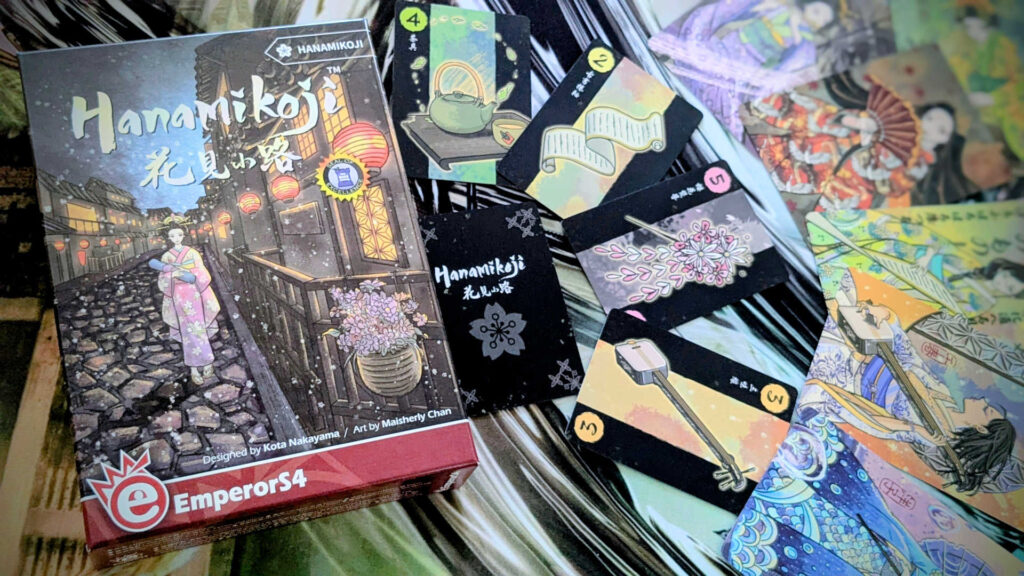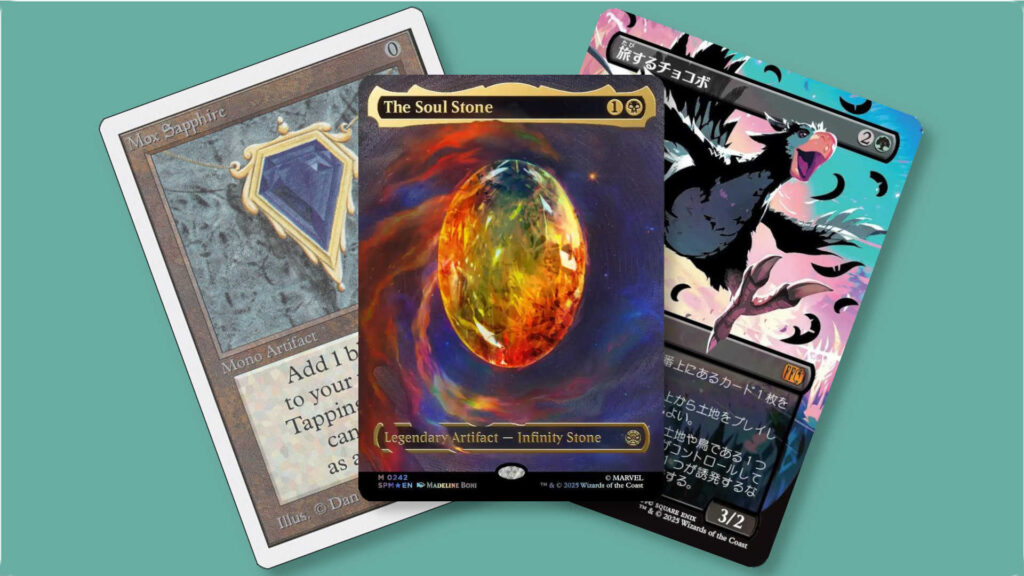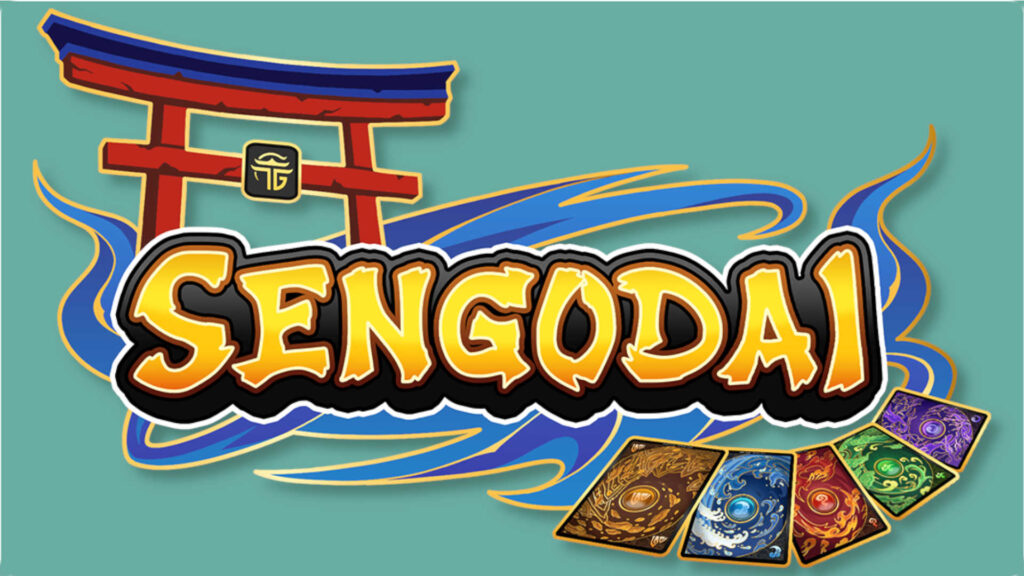Though originally released in 2013, Hanamikoji’s latest edition ever so slightly overhauls its aesthetic, keeping its gameplay intact. After all this time, is the highly acclaimed Hanamikoji still worth playing? Let’s find out!
Table of Contents
ToggleWhat is Hanamikoji?
A two player card game with a surprisingly small number of components, Hanamikoji sees players trying to win the favor of 4 Geishas, or score at least 11 charm points, in order to secure victory. Players do this by offering “gifts” to the Geishas, with the order and type of action used to do so forming the crux of the gameplay.
How to Play Hanamikoji
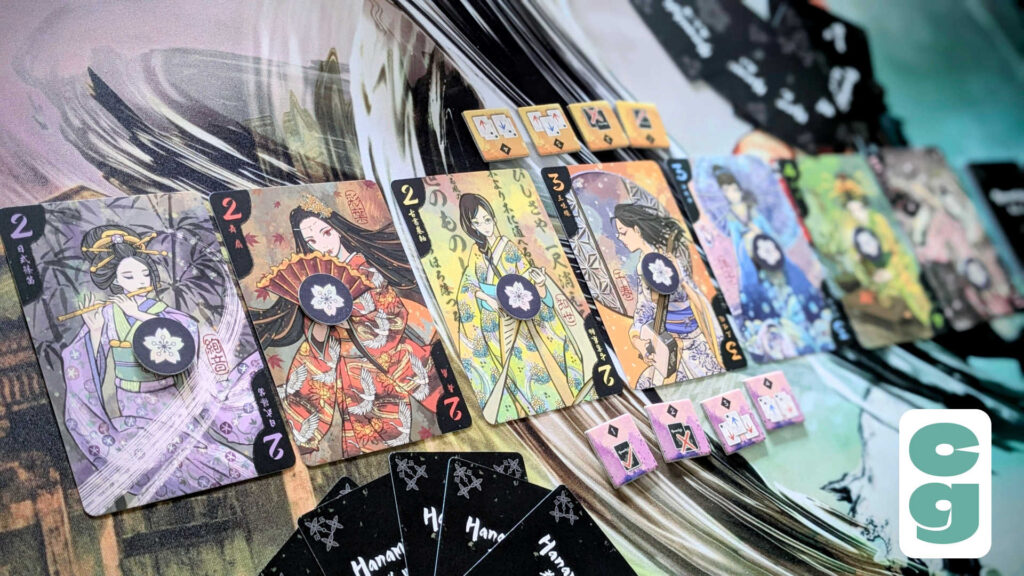
First, all seven Geishas are lined up in a central row. Each Geisha has a corresponding favor marker, and these are placed on each Geisha in the row. Items, which form a deck of cards, are shuffled and placed face down near the row of Geishas. each player takes their set of 4 action markers, placing them colored side up in front of themselves, in view of both players.
The game is played in four phases: deal, actions, scoring and refresh. Let’s take a look at each in turn. In phase one, deal, the starting player (usually the youngest player) takes the item card deck and removes one random card from the game, placing it face down in the box without looking at it. It remains here for the rest of the round and cannot be checked. Then the deck is shuffled and six cards are dealt to each player; their item cards remain visible only to them. The item card deck is then placed next to the row of Geisha cards.
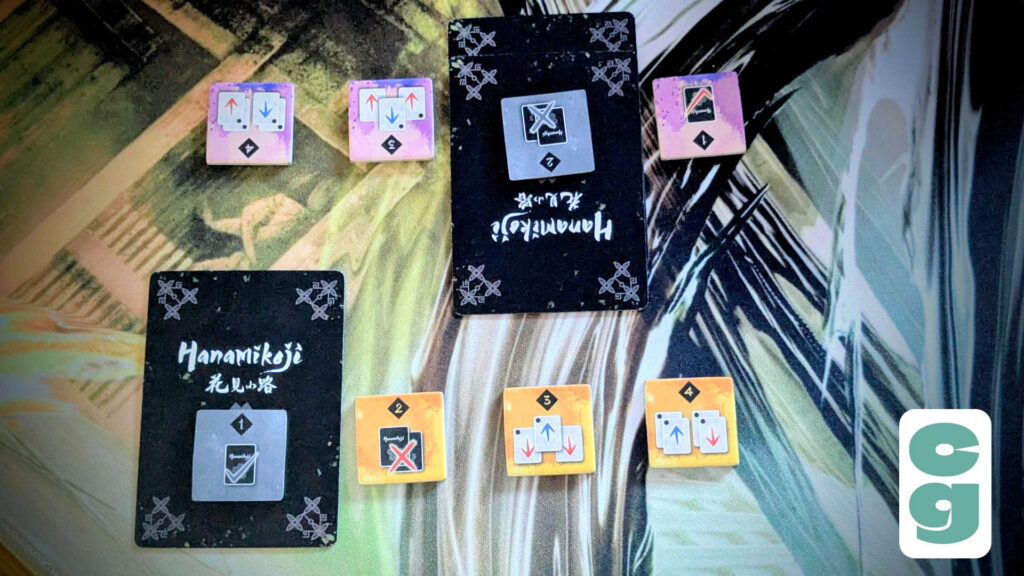
In phase two, players take turns to take a single action. First the active players draws a card, and then chooses one of their face up action markers to use. The actions markers work as follows:
- Secret: Choose a card from your hand and place it face down under the Secret action marker. This is revealed and scored during the scoring phase.
- Discard: Choose two cards from your hand and place them face down under the Discard action marker. These aren’t scored during the scoring phase.
- Gift: You choose three cards from your hand, and place them face up in the play area. Your opponent chooses one, placing it at the matching colored Geisha on their side. You do the same with the other two, and all of them are scored during the scoring phase.
- Competition: Choose four cards from your hand, divide them into two sets of two cards and then place them face up in the play area. Your opponent chooses one of the sets, and places them next to the corresponding Geisha. You then do the same with the remaining set of two cards. Note that the ‘set’ may contain two different card types.
Once each player has used all four of their actions, the game moves to the aforementioned scoring phase. Each player reveals their secret card and places it at the matching Geisha, and if one player has more cards at a Geisha than the other player, they win that Geisha’s favor marker, moving it to their side of the card.
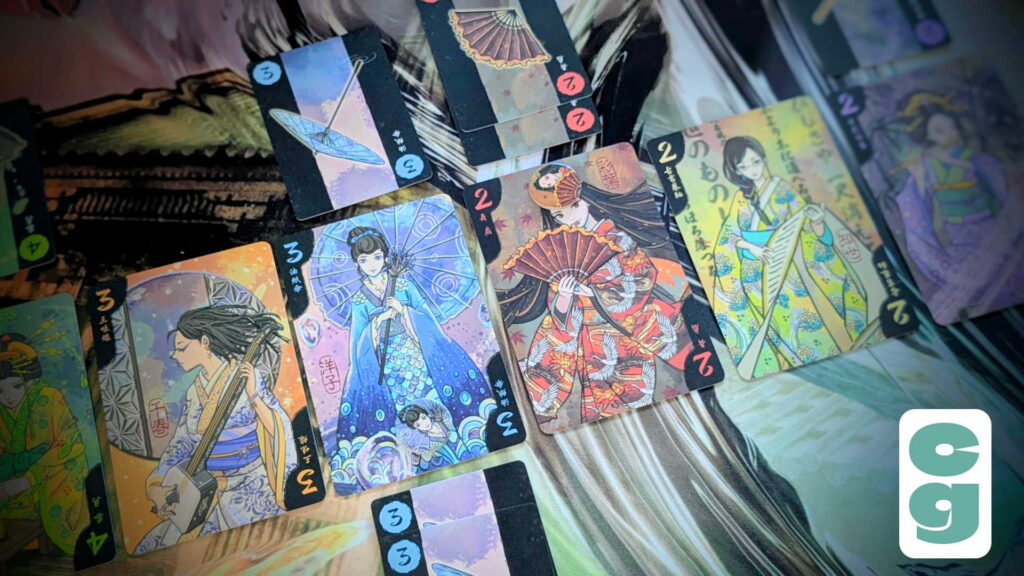
If a player has 4 favor markers at this point, or a total of 11 charm points in ttotal among the Geishas they’ve won the favor of, they win the game. Otherwise, a new round begins; all item cards are shuffled back into the deck (remembering the one in the box, and randomly replacing it with another), all favor markers are turned face up by both players and player two begins the next round. As soon as win conditions are met at the end of a round, the game is over!
Is Hanamikoji Fun to Play?
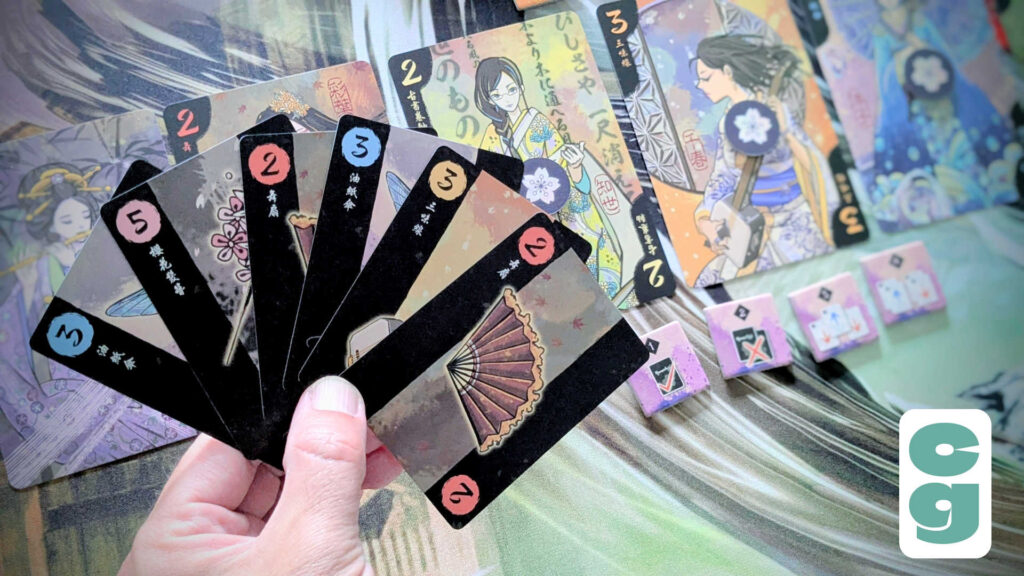
I have to admit that I put off playing Hanamikoji for a really long time. Though it’s a beautiful, critically lauded game, I couldn’t help but feel that it felt as if the theme had been pasted on, and I’m often less drawn to more abstract experiences than those which feel highly thematic.
Though I don’t think that assessment of Hanamikoji being more abstract than thematic is incorrect, what that doesn’t tell you is just how involving it is, with players needing to make sure that every single action counts. It’s a very cleverly designed game, and also very accessible given the visual nature of the action markers and cards.
The Card Gamer Verdict
Though abstract games are not normally my cup of Japanese Green Tea, Hanamikoji is an example of a game that still manages to be engaging, with a limited yet meaningful set of choices, on every single turn.
Despite its fairly abstract nature, Hanamikoji’s overall aesthetic is nicely done, and it’s impressive how much game has been packed into so few cards and components.
Hanamikoji is fast-paced, accessible and a good deal of fun. Winning the favor of Geishas has never been so enjoyable!


